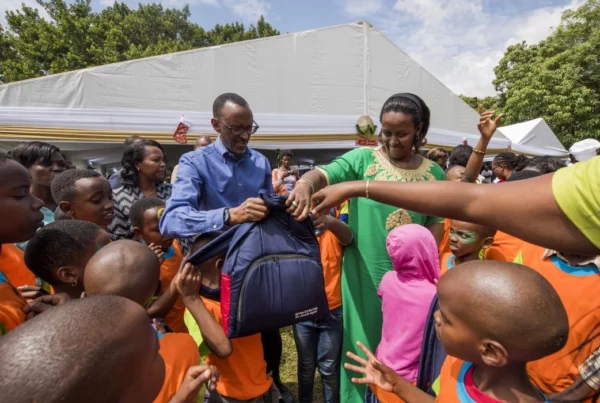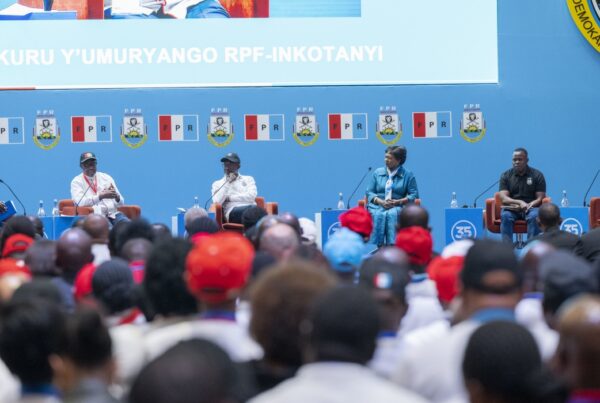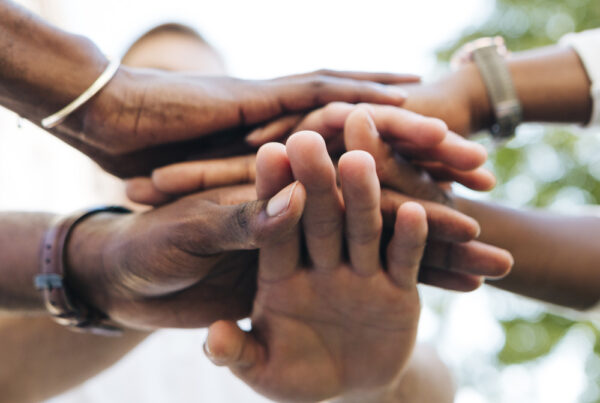I remember my late younger brother expressing surprise at the behaviour of his friend, an avowed defender of the poor. We were in secondary school, a time when our young brains were yearning to find an ‘ideological home’. As we understood it, a Capitalist was a defender of the rich and a Socialist defended the poor. Most of us, being refugees, found ourselves gravitating towards Socialism.
Our slogan then was: “The poor forever! Down with the rich!” So, my brother’s bewilderment was that his fellow Socialist would associate with a rich gentleman. But, knowing his friend as a principled young man, my brother was not denouncing him. Rather, he was trying to understand his logic of associating with somebody we avoided.
It is the same as what in Rwanda was called PHD. The grapevine here had it that every Rwandan who saw another Rwandan prospering craved to ‘PHD’— for ‘Pull Him/Her Down’. When you advanced – be it at school, at work, in business, anywhere – friends, colleagues or associates celebrated with you but behind your back plotted your downfall, sometimes even showing open hostility.
In fact, even we as refugees had gone into exile with what I’ll call that mind-set, for lack of an appropriate word. It used to extend to groups so that if you were a group of unemployed, you shunned the employed. As teachers, you’d malign your fellow university graduates with better jobs and denigrate those less educated who nonetheless earned more.
So, the poor hated the rich and the rich despised the poor. The uneducated hated the educated and the educated despised the uneducated. The differences were equally sharp in between and among the peasantry. Generally, all the people lived in antagonistic blocks, forever unbending to any idea of working together. As it was outside the country, so was it inside.
That is how when a liberation struggle was first mooted, only a select few had knowledge of, and access to, it. It was after quite some time before the initiators of the struggle could realise how crippling this closed-in mind-set was.
When it was finally opened up to all, the struggle expanded by leaps and bounds and finally translated into the mass movement known as the Rwandese Patriotic Front, today’s Rwandan Patriotic Front (RPF) that liberated Rwanda and formed a new government.
This was the RPF government that called for the involvement of everyone on taking over leadership of the country. Every policy, programme or task rallied together the participation of everyone.
The RPF members in government were the same elements who had witnessed how a system can be starved and stunted because it is shy of feeding on a variety of ideas and is not ready to venture into uncharted territory. To them, there would be no taboo area when it came to sourcing for solutions. All Rwandans without exception were mobilised to abandon this crippling mentality and adopt collaboration. Whatever worked was adopted and whoever suggested a solution, it was tried out.
Rwandans became hungry, urgent minds that were ready to burst any boundaries to find solutions. They became mission maniacs who were obsessed with the project of building a country that would be as respectable as the best in the world. What everybody wanted were results and he who had the merit and passion worked and who hadn’t, watched on the sidelines. There was no end to trying anything, and no limit to what could be tried.
As one example, if the Gacaca court system could be retrieved from history and decongest prisons and reconcile Rwandans, the volume and vehemence with which outsiders denounced it did not matter to these mission maniacs. It did not matter if a few Rwandans were enlisted into this foreign voice as long as the majority saw collaboration as the only solution to this problem and worked together, victim and perpetrator, to accomplish the duty. It was the same with other programmes and it still is today.
As another example, if eradicating the problem of insurgency meant forcefully ejecting and repatriating Rwandan rebels out of their haven, a friend who was unwilling to co-operate was expected to look the other way. If he didn’t, that did not stop the mission-maniacs from executing the job at hand, in the interest of the security, dignity and collaboration of Rwandans. In tackling the task at hand, sovereignty could not be a hindrance.
In the course of that execution of the job, if anybody interfered in the interest of massaging some kind of minuscule personal ego, a face-off had to be endured in the interest of the bigger and worthier cause of massaging the bigger ego of the region and its peoples. In the enterprise of building creative collaborations that can combine to give security and dignity to a region and its peoples, any form of reactionary effort had to be eliminated.
Today, it’d seem that friend and foe are coming round to understanding the mission-mania of these boundary-busting ‘solutionists’. Clearly, everyone is beginning to see that it is only through building creative collaborations that our region can advance. Now we know, after seeing how starved and stunted we have remained for denigrating one another and ‘POAD’ – for ‘Pulling One Another Down’.
The camaraderie between President Museveni and President Kagame displayed during the former’s recent prolonged visit to Rwanda heralds a new era of creative collaborations.
And, by the way, the grapevine in the region has it that President Kabila is set to cause an even bigger ripple on the scene later, after his country’s presidential elections.
Collaborators forever! Down with Divisionists!
(Little info: that avowed defender of the poor was a 16-year-oldish Paul Kagame!)
Twitter: @butamire



